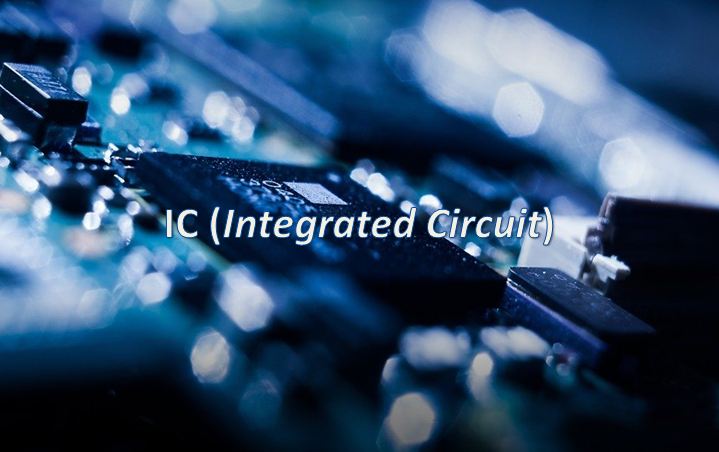Do you know what IC is? In general, IC is an important component that we often find in an electronic circuit.
This time, we will discuss in more detail what IC is. Starting from understanding, history, types, functions, and also examples.
So, don’t miss the complete information below, okay?
What is IC / Integrated Circuit ?
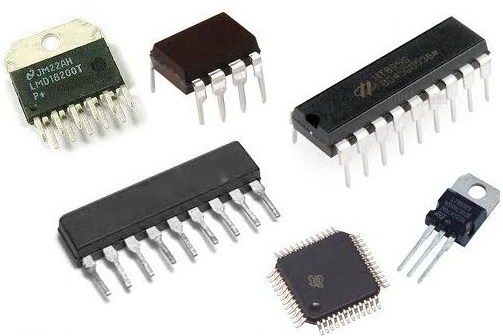
IC stands for Integrated Circuit. Briefly, the definition of IC is an active electronic component . Which in it consists of a collection of thousands or even millions of resistors, transistors, diodes and capacitors.
All of these elements are assembled into one electronic component and then integrated in a small package that we know as an IC.
In terms of language, this IC is usually referred to as an Integrated Circuit. To make it, you need semiconductor materials in the form of silicon.
IC serves as a logic gate whose job is to control a circuit. When using IC, the electronic device will have a small or portable form. This is why the appearance can be more concise, practical and more modern.
history of Integrated Circuit
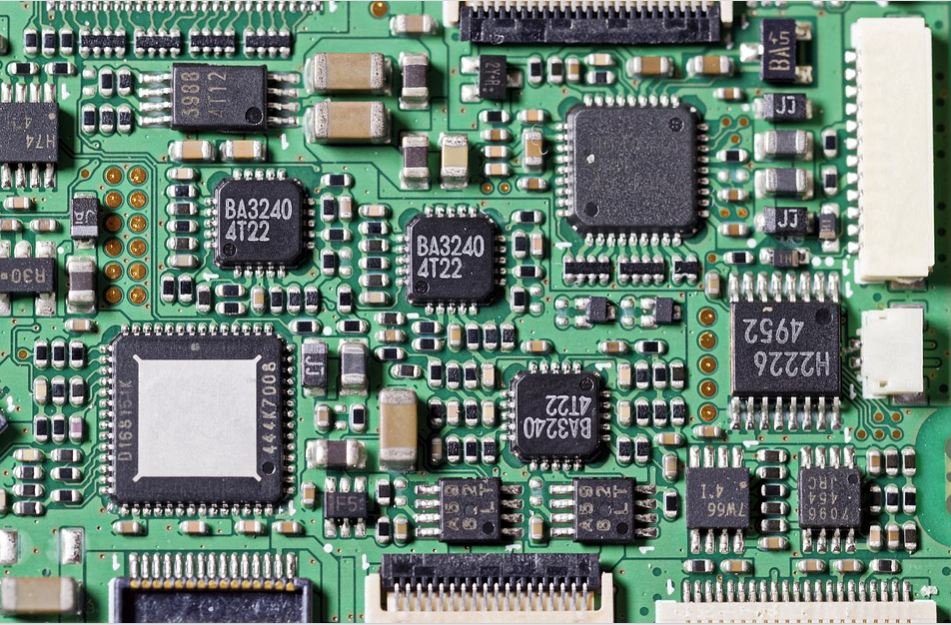
IC invented by whom?
IC history was first introduced in 1958. This technology was introduced by a worker from Texas named Jack Killby.
After being introduced for the first time, six months later IC was re-developed with a more sophisticated format than before.
Robert Noycer is a person who succeeded in making IC fabrication. Which IC is made with a system connected to a silicon chip.
With this discovery, IC is known as a popular technology and continues to grow rapidly from time to time.
This IC is very influential on the appearance of today’s electronic equipment. Just imagine, how big the old electronics were because they still used vacuum tubes as their basic components.
Now with the IC, almost all electronic equipment today has a thinner and more practical form.
But not so when IC technology was invented. Some electronic devices have had significant changes.
As we can see now, electronic equipment such as mobile phones, laptops or televisions have a slimmer and lighter form.
In addition, IC technology is also proven to be able to make electricity consumption much lower.
Therefore, nowadays almost every electronic component uses IC technology as its main internal part.
What is the functions of IC?
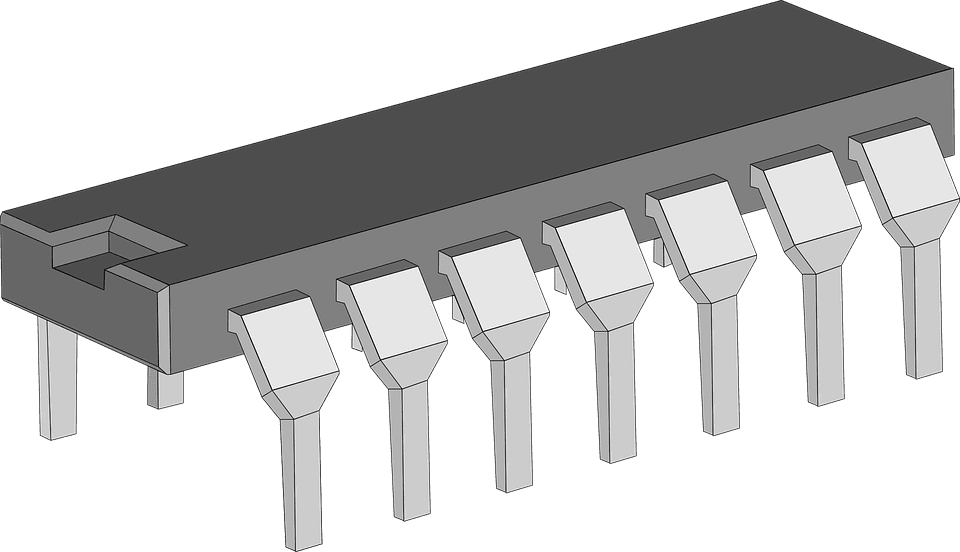
As we discussed above, IC is the main component used for electronic circuits .
The IC functions for electronic devices are divided into 3 parts, namely:
- Linear IC
- Digital IC
- Mixed IC
The following is an explanation of the IC functions of the 3 parts above, namely:
1. Linear IC
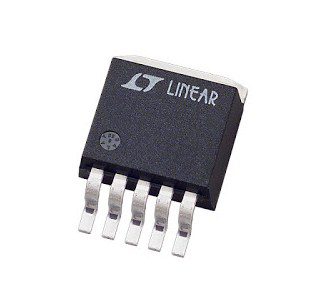
Linear IC is also known as Integrated Circuit Analog. This linear IC can only operate on a continuous waveform signal.
Here are some functions of the linear IC that you need to know.
- Power amplifier (power amplifier).
- Micro signal amplifier (microwave amplifier)
- voltage regulator (voltage regulator)
- RF and IF amplifier (RF And IF amplifier)
- Multiplier
- Voltage comparator
- Radio frequency reception (radio receiver)
- Operational amplifier
- Signal booster and so on.
2. Digital IC
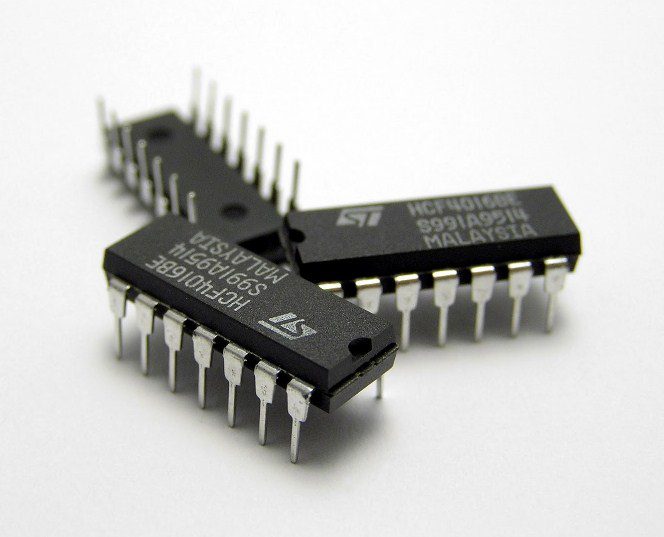
igital IC is a type of IC that is popular for its use in the latest electronic equipment. For example, ICs are embedded in calculators, smartphones and laptops.
These digital ICs generally have input and output voltages. Where each voltage has two levels, namely high and low. As for binary code, generally use the symbols of the numbers 1 and 0.
The tasks and functions of digital ICs are as follows.
- As a logic gate.
- flip-flop
- Timer
- Counter
- multiplexer
- Memory
- Calculator
- Microprocessor and so on.
3. Mixed IC
Mixed IC is a type of IC that consists of a combination of analog IC types and digital ICs. The main function of the Mixed IC is to convert from analog signals to digital signals and vice versa.
As technology develops, mixed ICs are also used for digital signal integration and RF functions.
the Types of IC
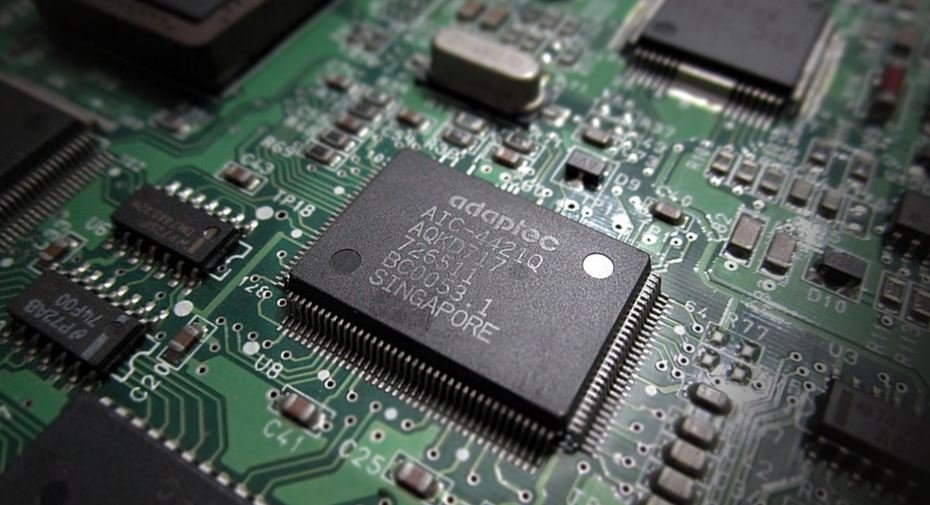
Having previously known about the various functions of IC, then next we will discuss about the types of IC. Let’s look at the explanation of the following IC classification.
1. Transistor Transistor Logic (TTL)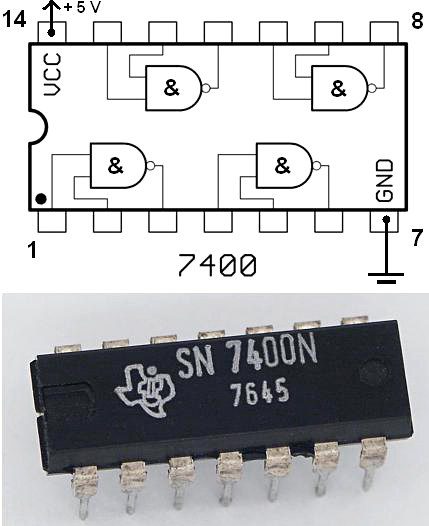
Transistor transistor logic (TTL) is a type of digital IC that is quite widely used in electronic circuits. Because the TTL IC has a relatively low voltage source. That is only about 4.75 volts to 5.25 volts.
TTL ICs are built using transistors as the main element. The function of the transistor in this case is as a logical variation, so it is often referred to as Transistor Logic.
In TTL ICs, several transistors are combined into one. So that it forms two states, namely on / off or functioning as a switch .
TTL ICs also have multiple logic gates. Where each gate has a different function. These include AND, NAND, OR, NOR, and XOR. In addition, this component also has several other logical functions.
For example, such as econder, multiplexer, decoder, and also memory.
2. IC-CMOS
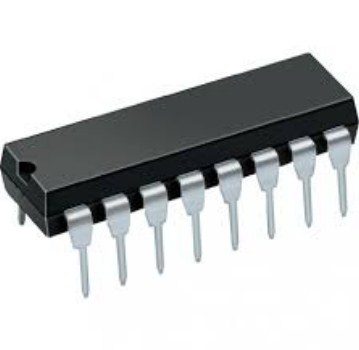
IC-CMOS stands for complementary with MOSFET. Which, the CMOS IC consists of a combination of MOSFETs. IC-CMOS uses a square wave.
Where the waves used are generally in two conditions. Namely points 1 and 0 which function as a switch.
The function of the IC-CMOS is as a logic gate. Where when using it, the electronic circuit can function automatically.
IC-CMOS can usually function optimally when given an electric current of 12 volts. In this type of IC, there are several functions of logic gates.
Among them are AND, NAND, OR, NOR, and XOR functions. Then there are also other logic functions such as multiplexer, decoder, econder and memory.
3. Linear IC

Linear ICs are not included in the category of digital ICs. This is why linear ICs and digital ICs work differently. If the digital IC usually uses a contact signal, then this linear IC uses a sinusoidal wave.
The sinusoidal wave contained in the linear IC functions as an amplifier or amplifier. So, the IC does not have a function as a logic gate. Because its main function is specifically designed as a voltage amplifier.
Linear ICs in general also have a proportional circuit. So, it is balanced in order to produce an output that is proportional to the input value. An example of the application of a linear IC is that it is used as an operational amplifier.
Advantages and Disadvantages of IC
IC is an electronic element that has many advantages and benefits. However, in addition to having advantages, these electronic components of course also have disadvantages.
What are the advantages of using IC and what are the disadvantages? Check out the full review below!
1. Advantages of IC
Here are some of the advantages of IC in electronic circuits are:
- IC has a much larger size.
- Has a light weight.
- Can be produced simultaneously or in large quantities so that the selling price can be cheaper.
- Soldering and interconnecting ICs with very few IC internal components.
- The use of electrical power can be smaller and of course efficient.
- Easier to replace and repair if there is damage.
- Suitable for operating systems with low signal.
- Can perform complex functions and work systems.
2. Lack of IC
In addition to having many advantages, IC also has several disadvantages. Among the disadvantages of IC are :
- The IC can only be operated on low-voltage systems.
- IC cannot trigger or generate high power.
- ICs need to be handled with care as they are very sensitive to Electrostatic Discharge.
- IC is not resistant to high temperatures. This is why a fan or heatsink is needed to lower the temperature around the IC.
- Tolerance to voltage is very small and limited.
Conclusion :
In short, IC is an electronic component that contains thousands of transistors, diodes and capacitors. Technically the IC functions as a logic gate to control an electronic circuit.
With the IC technology, electronic devices have a significant improvement. Among them are slimmer, portable and also compact. In addition, the IC also saves electrical energy. So that its use is very popular until now.
Well, how? Do you understand what IC is? See you on the next material about electricity.

